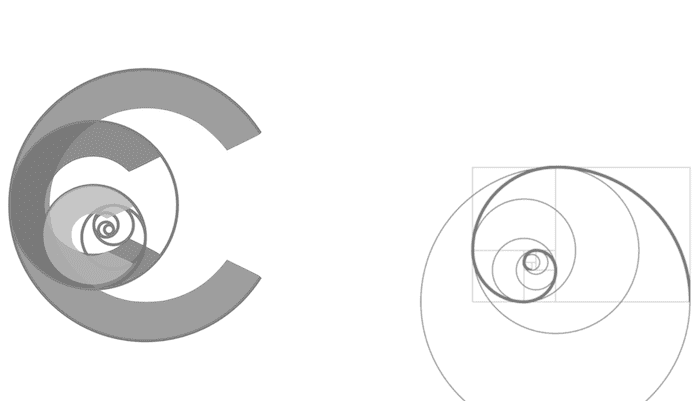Cranial nerve lesions DDx
Overview
Differential diagnosis of cranial nerve lesions includes central and peripheral causes. Causes vary according to which cranial nerve is affected, and whether multiple cranial nerves are involved. See also Bulbar and pseudobulbar palsy
Causes
Multiple cranial nerve lesions
- nasopharyngeal CA
- chronic meningits (e.g. CA, hematological malignancy, TB, sarcoidosis)
- GBS (motor only)
- Brainstem lesions (esp vascular with crossed long tract signs, tumors)
- Arnold-Chiari malformation
- Trauma
- Paget’s disease of bone
- Mononeuritis multiplex e.g. DM
Cranial nerve III
Common
- idiopathic
- trauma
Central
- brainstem vascular lesions
- tumor
- demyelination
Peripheral
- compressive lesions, such as PCOM aneurysm tumour, basal meningitis, nasopharyngeal carcinoma or orbital lesions
- ischaemia or infarction, as in arteritis, diabetes mellitus and migraine.
Features
- complete ptosis (partial ptosis may occur with an incomplete lesion)
- divergent strabismus (eye ‘down and out’)
- dilated pupil
- unreactive to direct light (the consensual reaction in the opposite normal eye is intact)
- unreactive to accommodation.
Q. How can a CN4 palsy be ruled out in a patient with CN3 palsy?
- Always try to exclude a fourth (trochlear) nerve lesion when a third nerve lesion is present.
- Tilt the head to the same side as the lesion.
- The affected eye will intort if the fourth nerve is intact (remember SIN-the superior oblique intorts the eye).
Cranial nerve IV
rare!
- idiopathic
- trauma
- lesions of the cerebral peduncle
Features
- Failure to intort the eye
- The patient may walk around with his or her head tilted away from the lesion – that is, to the opposite shoulder (this allows the patient to maintain binocular vision)
Cranial nerve VI
Bilateral lesions
- trauma
- Wernicke encephalopathy
- Mononeuritis multiplex
- raised ICP
Unilateral lesions
- idiopathic
- trauma
- central (e.g. vascular lesion or tumour)
- peripheral (e.g. raised intracranial pressure or diabetes mellitus)
Features
- failure of lateral movement
- convergent strabismus
- diplopia.
- signs are maximal on looking to the affected side, and the images are horizontal and parallel to each other.
- the outermost image from the affected eye disappears on covering this eye (this image is usually also more blurred).
Cranial nerve IX and X
Central
- vascular lesions (e.g. lateral medullary infarction, due to vertebral or posterior inferior cerebellar artery)
- tumours
- syringobulbia
- motor neurone disease
Peripheral (posterior fossa) lesions
- aneurysms at the base of the skull
- tumours
- chronic meningitis
- Guillain-Barré syndrome
Q. Which way is the uvula drawn in a unilateral CN X palsy?
- towards the normal side
Cranial nerve XI
Unilateral
- trauma involving the neck or the base of the skull
- poliomyelitis
- basilar invagination (platybasia)
- syringomyelia
- tumours near the jugular foramen
Bilateral causes
- motor neurone disease
- poliomyelitis
- Guillain-Barré syndrome.
Note: bilateral palsy may mimic muscular dystrophy (esp dystrophia myotonica)
Cranial nerve XII
Bilateral UMN
- vascular lesions
- motor neurone disease
- tumours, such as metastases to the base of the skull.
Unilateral LMN
Central
- vascular lesions, such as thrombosis of the vertebral artery
- motor neurone disease
- syringobulbia.
Peripheral
- posterior fossa: aneurysms or tumours, chronic meningitis and trauma
- in the upper neck: tumours or lymphadenopathy
- Arnold-Chiari malformation.
Bilateral LMN lesions
- motor neurone disease
- Guillain-Barré syndrome
- poliomyelitis
- Arnold-Chiari malformation.
Q. Why is there usually no deviation of the tongue with a unilateral UMN lesion of CN12?
- The tongue, like the face (CN7) and palate (CN10), has a bilateral UMN innervation in most people
[cite]

Critical Care
Compendium
Chris is an Intensivist and ECMO specialist at The Alfred ICU, where he is Deputy Director (Education). He is a Clinical Adjunct Associate Professor at Monash University, the Lead for the Clinician Educator Incubator programme, and a CICM First Part Examiner.
He is an internationally recognised Clinician Educator with a passion for helping clinicians learn and for improving the clinical performance of individuals and collectives. He was one of the founders of the FOAM movement (Free Open-Access Medical education) has been recognised for his contributions to education with awards from ANZICS, ANZAHPE, and ACEM.
His one great achievement is being the father of three amazing children.
On Bluesky, he is @precordialthump.bsky.social and on the site that Elon has screwed up, he is @precordialthump.
| INTENSIVE | RAGE | Resuscitology | SMACC
